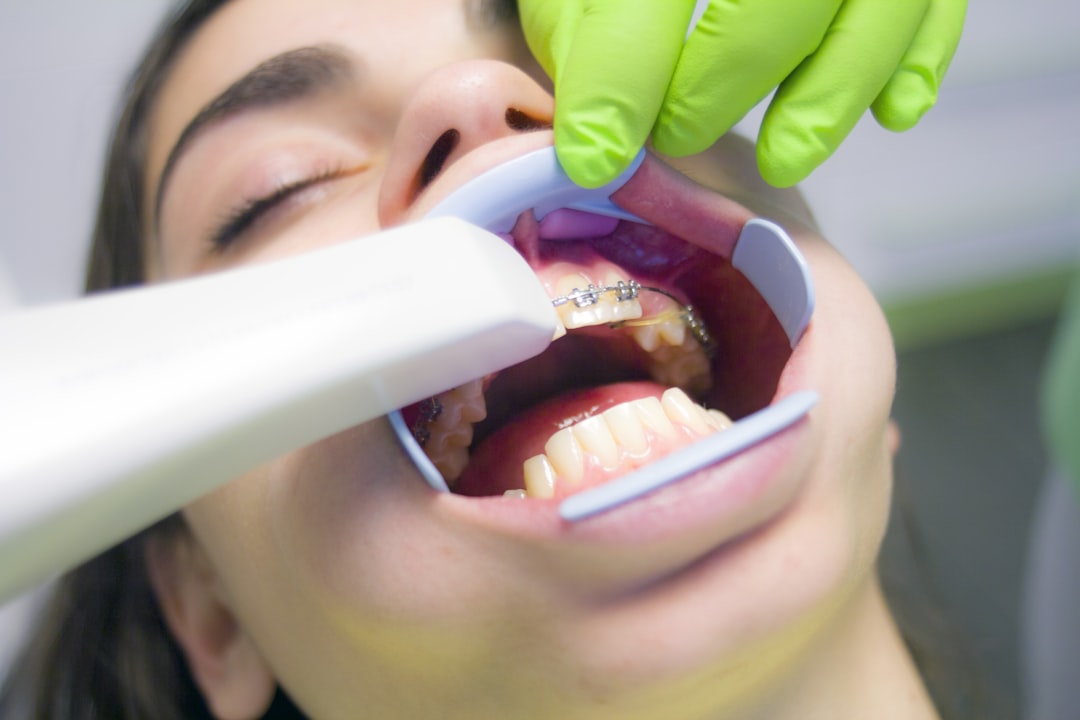
If there is a cavity that forms between the teeth, it is called an interdental cavity or interproximal cavity. Unlike traditional cavities that occur on the chewing surfaces of teeth, interdental cavities can be trickier to detect and often go unnoticed until they reach an advanced stage. Recognizing the indications of an interdental cavity can be beneficial in seeking timely dental care and preventing further harm. This page has all the info you need.
A frequent indication of an interdental cavity is feeling sensitivity when consuming hot or cold items. The presence of an interdental cavity exposes the sensitive dentin beneath the enamel layer. As a result, you may experience a sharp, fleeting pain when you consume hot coffee or cold ice cream. This heightened sensitivity serves as a distinct warning sign of a dental issue that should not be overlooked.
Prolonged sensitivity to sugary foods is another sign to be mindful of. If you experience lingering pain or discomfort after eating sugary treats, it could be an indication of an interdental cavity. The presence of a cavity allows the sugars to seep into the affected area, leading to prolonged sensitivity and discomfort. If this sensitivity persists even after you’ve finished eating sweets, it is advisable to consult your dentist for a thorough examination.
Toothache and gum sensitivity are additional signs that may suggest the presence of an interdental cavity. As the cavity progresses, it can affect the surrounding gums and cause inflammation and tenderness. Biting down or applying pressure to the affected area may cause pain, and brushing or flossing around the affected teeth can result in sensitivity. If you notice these symptoms, it is crucial to seek dental attention to prevent further damage and potential complications.
Stains appearing between the teeth can also signify the presence of an interdental cavity. As the cavity worsens, it can trap food particles and bacteria, causing discoloration in the spaces between the teeth. You may notice brown or black stains developing in the gaps between your teeth, which can be a cause for concern. While regular dental cleanings and proper oral hygiene practices can aid in preventing staining, persistent discoloration should prompt a consultation with your dentist. Click here for more helpful tips on this company.
Presence of holes or pits in teeth is another visible sign of an interdental cavity. When a cavity forms between teeth, it gradually erodes the enamel, leading to the formation of small holes or pits in the affected area. These holes or pits may be visible to the naked eye or may require dental instruments for a thorough examination. If you notice any irregularities or abnormalities in the texture of your teeth, it is important to arrange a dental appointment for a comprehensive evaluation and suitable treatment.
In summary, it is of utmost importance to be able to recognize the signs of an interdental cavity for the sake of maintaining excellent oral health. Indicators such as sensitivity to hot and cold, prolonged sensitivity to sweets, toothache and gum sensitivity, staining between teeth, and the presence of holes or pits in teeth should never be disregarded. Taking proactive measures and seeking prompt dental care can help prevent additional damage, potential complications, and ensure the preservation of a healthy smile. Remember to schedule regular dental check-ups, maintain good oral hygiene practices, and promptly address any worrisome symptoms to safeguard your dental well-being. Through vigilance and a commitment to oral care, you can effectively prevent and manage interdental cavities, securing a lifetime of dental health and well-being. See, this website has all the info you need to learn about this amazing product.